Talk Overview
The immune system is charged with protecting us from invading microorganisms, a task that falls to a complex array of highly specialized cell types spread throughout the body but that must work together as an integrated system. How they accomplish and perform their functions can be wonderfully understood by probing the basic mechanisms governing their activities. In the first video, we will consider the overall organization of the immune response in cellular terms, the innate immune system (comprising evolutionarily ancient phagocytic cells that recognize conserved molecules of microorganisms) and the adaptive immune system (composed of lymphocytes that recognize chemically diverse antigens).
The immune response integrates two distinct systems of innate and adaptive immunity discovered over 100 years ago. Linking these two arms of the immune response is the task of a comparatively recently identified cell type, the dendritic cell. Dendritic cells have the capacity to detect the conserved microbial products that activate cells of the innate immune response and capture the dramatically wider diversity of microbial antigens to prime antibody and T cell responses characteristic of adaptive immunity. The unique capacity of dendritic cells for antigen processing and presentation reflects a series of remarkable specializations of basic principles of cell biology.
Speaker Bio
Ira Mellman

Ira Mellman is Vice President of Research Oncology at Genentech. Ira is a cell biologist with a long standing interest in membrane traffic. His lab is reponsible for key observations leading to the initial discovery of endosomes, the mechanisms of epithelial cell polarity, and the cellular basis of dendritic cell function. Until 2007, Ira was… Continue Reading
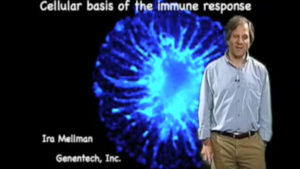
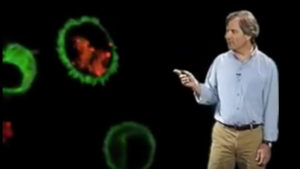
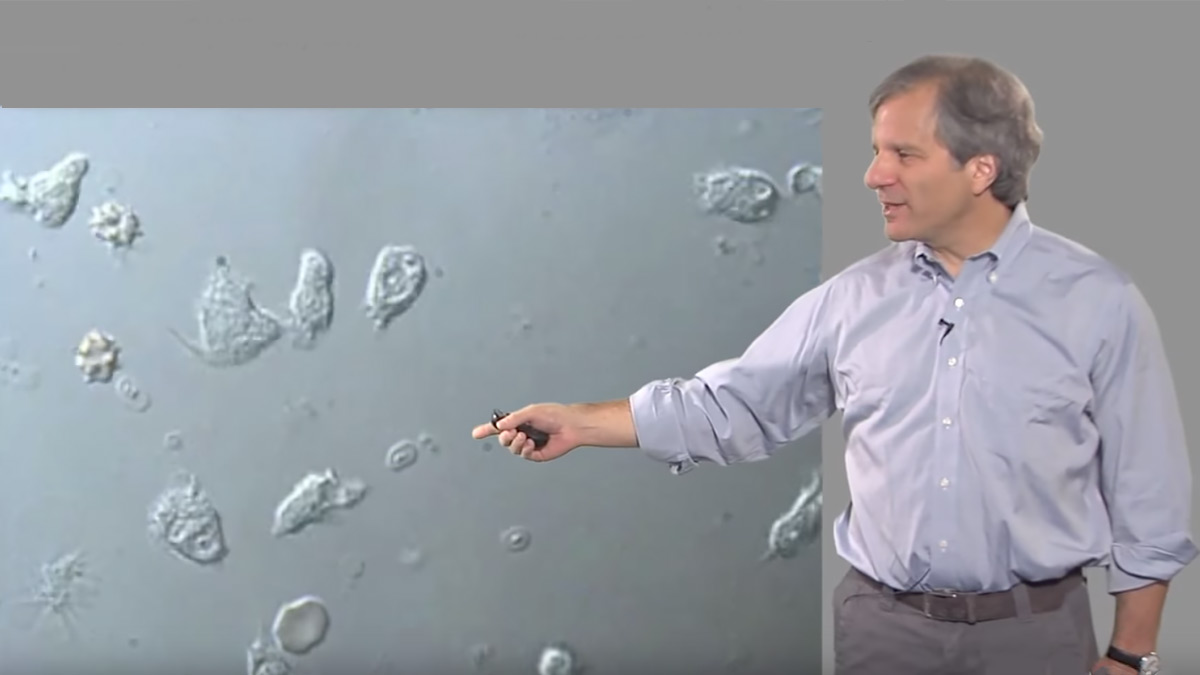

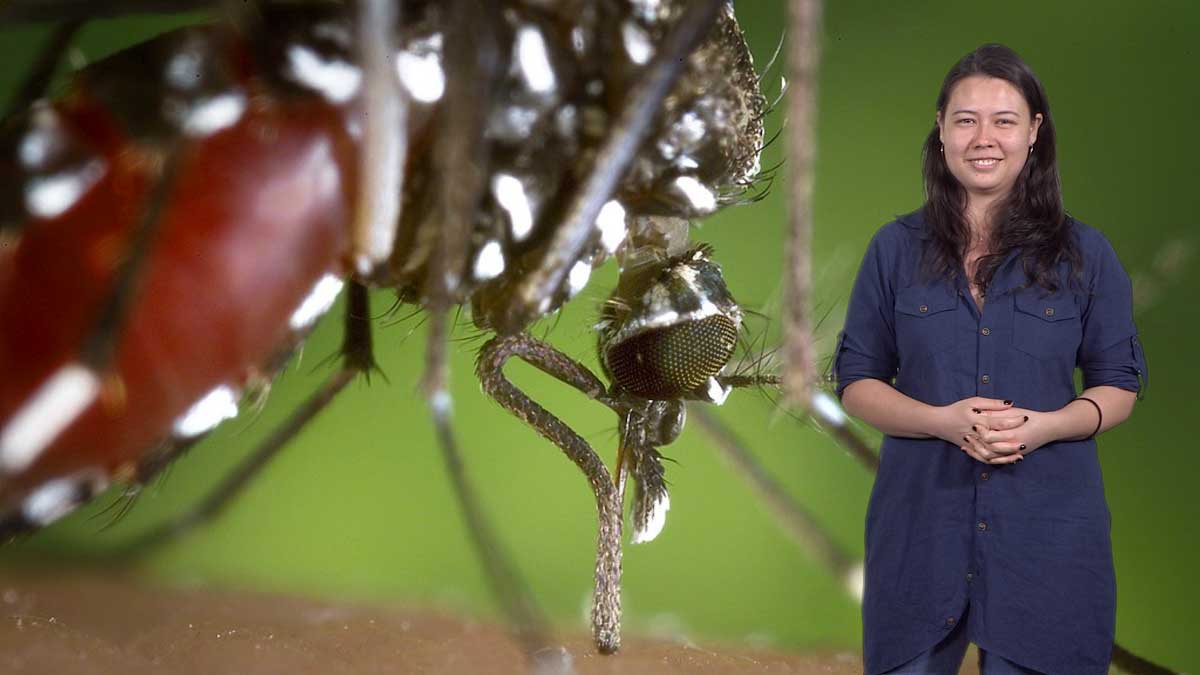
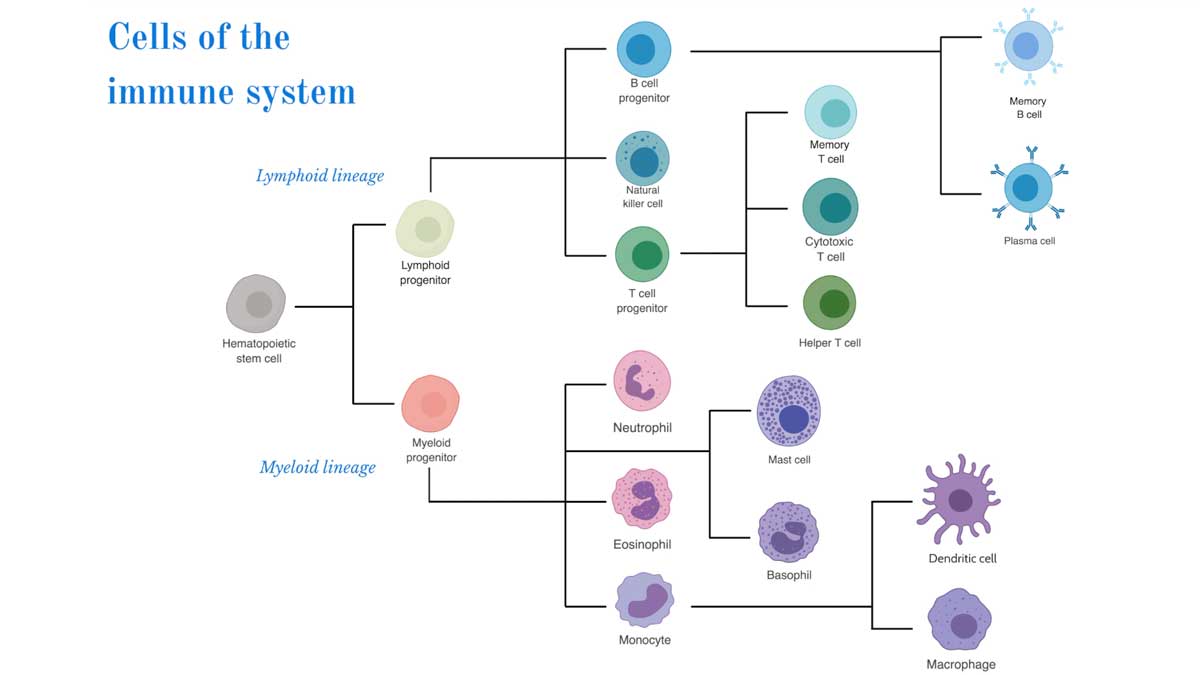





Shawn Freyssonnet-Inder says
In this video (), I had a hard time reading some of the labels in the graphics even in full screen mode on my 17 inch mac book pro (I have 20/20 vision). Is it possible to get better than 240p quality?